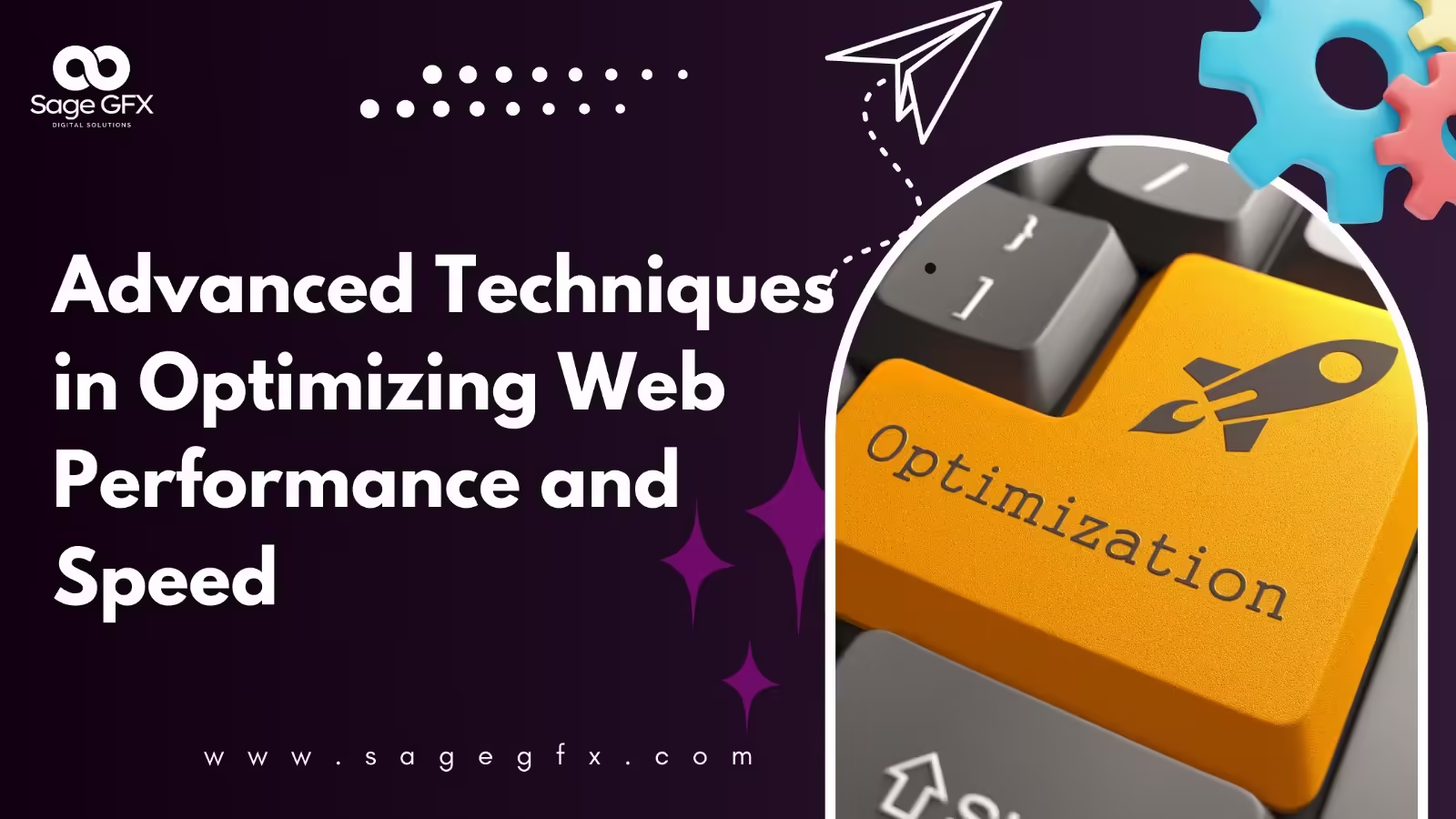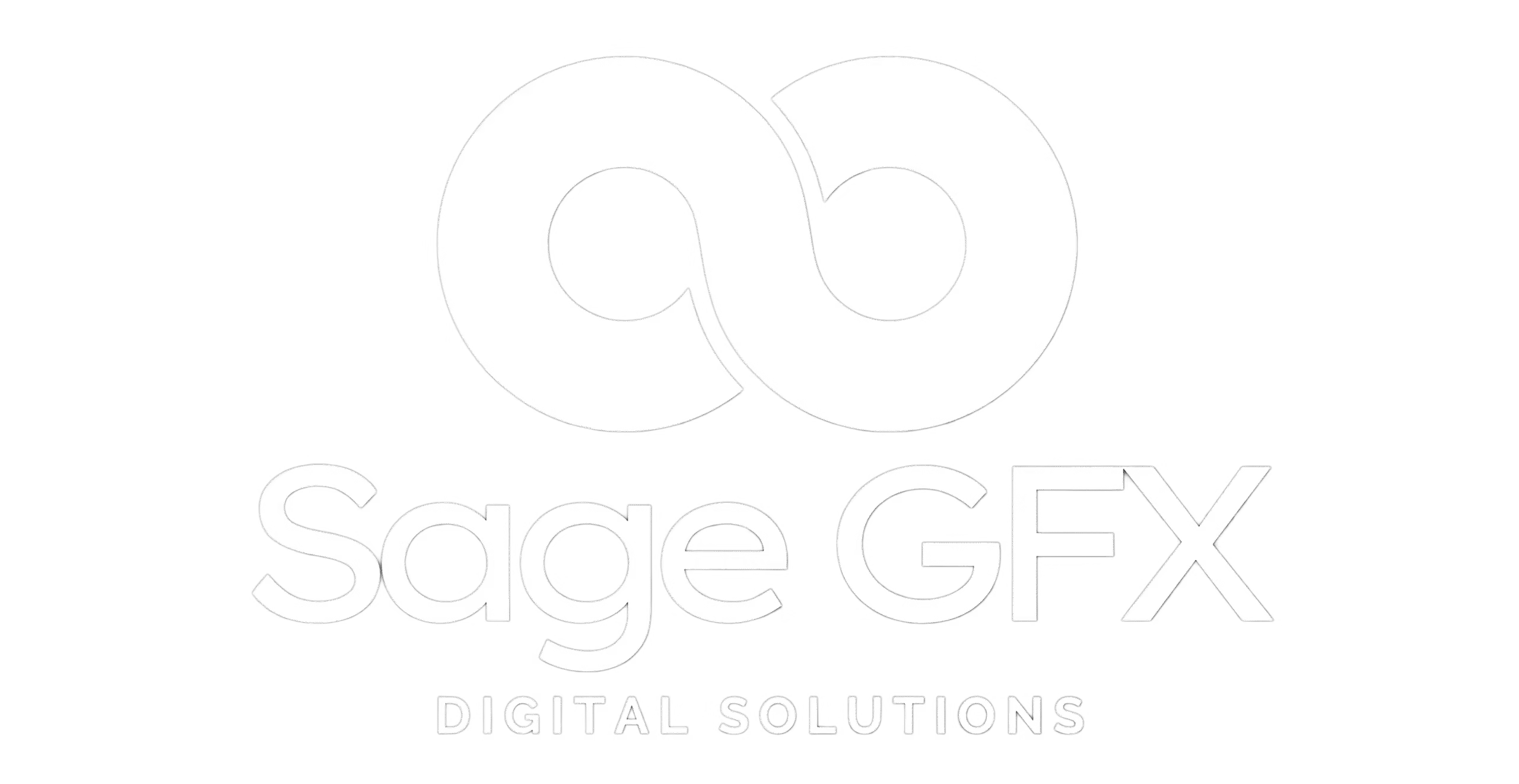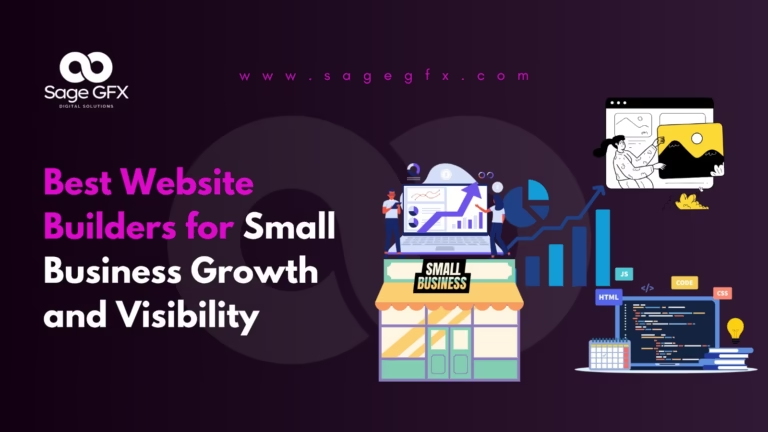Advanced Techniques in Optimizing Web Performance and Speed
Advanced Techniques in Optimizing Web Performance and Speed

Website performance has become a defining factor in online success, directly impacting user experience, SEO, and conversion rates. Visitors expect fast-loading pages that deliver smooth, responsive experiences across devices, and even minor delays can lead to increased bounce rates and lost opportunities. Optimizing web performance goes beyond basic practices—it requires an advanced approach to achieve peak efficiency and reliability.
For businesses striving to meet these high standards, working with an expert partner like Sage GFX, a top website development company in Chennai, can make all the difference. This guide covers advanced techniques to help you maximize your website’s speed and performance.
Understanding the Impact of Web Performance on User Experience
Web performance optimization affects various elements of the user experience. A slow site can lead to increased bounce rates, lower search engine rankings, and reduced customer engagement. Conversely, a fast-loading site improves customer satisfaction, keeps visitors on the page longer, and enhances conversions. Advanced web optimization techniques help streamline these effects, providing a robust foundation for higher engagement.
Core Web Vitals and the Role of Speed Optimization
Core Web Vitals—a set of metrics defined by Google—measure page experience based on load performance, interactivity, and visual stability. Meeting these benchmarks is crucial for SEO and user retention. Optimizing for Core Web Vitals involves focusing on three primary metrics:
- Largest Contentful Paint (LCP): Measures loading performance. An ideal LCP occurs within the first 2.5 seconds of page load.
- First Input Delay (FID): Assesses interactivity. Aim for an FID of fewer than 100 milliseconds.
- Cumulative Layout Shift (CLS): Monitors visual stability. CLS should be less than 0.1 to avoid sudden layout shifts.
These metrics provide a basis for optimizing performance, setting the stage for advanced techniques to achieve seamless user interactions.
1. Minification of CSS, JavaScript, and HTML Files
One effective technique to improve load speed is minifying CSS, JavaScript, and HTML files. Minification removes unnecessary characters, spaces, and comments from the code, reducing file size and improving loading time. Tools like UglifyJS, CSSNano, and HTMLMinifier can automate this process. Combining minification with deferred loading strategies can further optimize delivery, especially for complex, content-heavy pages.
2. Lazy Loading of Images and Videos
Images and videos often consume a significant portion of a page’s load time. Lazy loading, a method that defers the loading of offscreen content until it’s needed, is a powerful way to enhance page speed. Using the
loading="lazy"attribute for images and videos allows browsers to load only visible elements initially, speeding up the first render and improving user experience. This technique is particularly valuable for media-heavy websites and can greatly reduce the initial load time.3. Implementing Content Delivery Networks (CDNs)
A Content Delivery Network (CDN) distributes content across a global network of servers, reducing the distance data must travel to reach users. CDNs ensure that visitors access data from the closest server, which minimizes latency and improves load speed. Popular CDNs like Cloudflare, Amazon CloudFront, and Akamai are widely used to deliver content quickly and reliably. CDNs are indispensable for websites with a global audience, enhancing both performance and security.
4. Server-Side Rendering (SSR) and Client-Side Rendering (CSR) Balance
Rendering strategy plays a critical role in web performance. Server-side rendering (SSR) generates pages on the server and sends fully-rendered HTML to the client, allowing for faster initial load times. However, for dynamic applications, balancing SSR with client-side rendering (CSR) ensures efficient page interactions without overloading the server. Tools like Next.js enable developers to achieve this balance, providing a seamless experience for users while maintaining performance efficiency.
5. Caching Strategies for Optimized Data Retrieval
Caching enables faster data retrieval by storing frequently accessed information locally, either in the user’s browser or on the server. Leveraging browser caching and HTTP caching headers like
Cache-ControlandExpirescan significantly reduce load times for repeat visitors. Additionally, employing service workers to cache key assets can create an offline experience for PWAs, ensuring uninterrupted access even without an internet connection.6. Prefetching and Preloading for Anticipated User Actions
Prefetching and preloading are advanced techniques to load assets before they are requested by the user. Preloading helps load essential resources during initial page load, such as fonts and key JavaScript files, improving load speed. Prefetching, on the other hand, anticipates the user’s next steps and loads content before it’s needed. These techniques are particularly effective for e-commerce and content-heavy websites, where quick navigation between pages can improve user experience and reduce bounce rates.
7. Reducing Render-Blocking Resources
Render-blocking resources are elements, often CSS or JavaScript, that delay page rendering. Optimizing these resources by deferring or asynchronously loading them can significantly speed up rendering. For instance, placing JavaScript files at the bottom of HTML files or using the
asyncordeferattributes allows the content to load first, creating a better first impression for users.8. Utilizing HTTP/2 and WebSockets for Improved Data Transfer
HTTP/2 enables multiplexing, which allows multiple requests to be sent over a single connection. This can reduce latency and improve load times, especially for complex web applications. WebSockets provide an even faster, two-way communication channel between the server and client, ideal for real-time applications like messaging and live updates. Implementing these protocols allows data to be delivered more efficiently, enhancing performance.
9. Image Optimization and Next-Gen Formats
Image optimization is essential for performance. Using next-gen image formats like WebP can drastically reduce file size without sacrificing quality. Additionally, implementing responsive images using the
srcsetattribute ensures that different image sizes are loaded depending on the device, conserving bandwidth and improving load speed.10. Enhancing Database Queries for Dynamic Content
For dynamic websites with frequent database interactions, optimizing database queries is crucial. Techniques such as indexing, caching query results, and minimizing the number of queries can reduce server load and improve response time. Utilizing efficient database management practices is particularly beneficial for high-traffic websites and e-commerce platforms that handle large volumes of data.
The Importance of Choosing the Right Development Partner
Implementing these advanced techniques requires expertise and experience. For businesses looking to enhance web performance, collaborating with a top development partner like Sage GFX in Chennai can provide the guidance and technical know-how to achieve optimal results. They specialize in custom solutions designed to meet your specific business needs, combining the latest technologies and best practices in web performance optimization.
Advantages of Enhanced Web Performance
Optimizing web performance translates into several advantages:
- Improved User Retention: Fast load times increase engagement, reducing bounce rates.
- SEO Benefits: Google and other search engines favor fast websites, which can boost organic rankings.
- Higher Conversion Rates: A smoother user experience fosters trust, leading to higher conversions.
- Scalability: Performance optimization makes websites more resilient to traffic spikes, ensuring stability and uptime.
For businesses striving to maximize their digital presence, implementing advanced performance optimization strategies is a must. Working with Sage GFX, a leading website development service in Chennai, can give your website the competitive edge it needs to thrive in today’s fast-paced online environment.
FAQs
What are Core Web Vitals, and why are they important?
- Core Web Vitals are a set of performance metrics by Google, measuring load speed, interactivity, and visual stability, which impact SEO and user experience.
How does lazy loading improve performance?
- Lazy loading defers loading offscreen elements, which reduces initial load time and allows faster content rendering.
Why should I use a CDN for my website?
- A CDN improves load time by distributing content across multiple servers worldwide, reducing latency and enhancing user experience.
How does minification improve website speed?
- Minification reduces file size by removing unnecessary code, making files load faster and improving website performance.
What’s the benefit of using next-gen image formats like WebP?
- WebP offers better compression without compromising quality, reducing image load time and saving bandwidth.
What’s the best way to reduce render-blocking resources?
- Using asynchronous loading, defer attributes, and placing scripts at the end of HTML can reduce render-blocking, improving initial page load speed.
By implementing these strategies and partnering with an experienced developer like Sage GFX, businesses can deliver seamless experiences that engage users and drive digital success.






